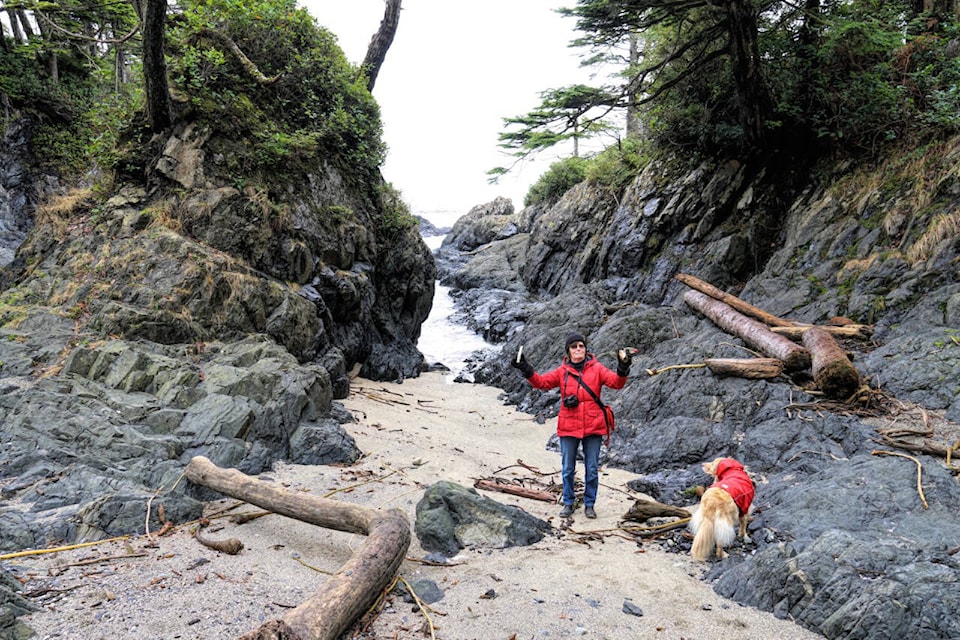By Leslie Cox
Special to the Record
There was a recent news story on CNN about the trash pile swirling in the Pacific Ocean between Hawaii and California.
First spotted in 1997, it was dubbed the Great Pacific Garbage Patch because it is an accumulation of plastics, discarded and lost fishing equipment, and a host of other trash.
The mass is enclosed by an enormous circling current which continually pulls in trash, pushing it toward the centre. A humungous garbage vortex in the ocean. And yet…
A recent study published by scientists in the April 2023 issue of Nature Ecology & Evolution journal revealed the discovery of numerous species of invertebrate organisms living and reproducing on this floating raft of plastic in the middle of the ocean.
But here’s the thing: the species they identified on this floating oceanic plastic garbage pile belong on the shoreline. Not hundreds of kilometres away in the middle of the ocean.
Between November 2018 and January 2019 researchers netted 105 pieces of plastics out of the Great Pacific Garbage Patch for examination. What they discovered, and identified, were 484 invertebrate organisms living, and thriving, on the plastic debris. Divided into their specific species revealed a total of 46 species and 80 per cent of those species were terrestrial!
They had expected to find a lot of the typical native species which inhabit the upper levels in the ocean and they did. But what really surprised them was the larger percentage of coastal species and the fact those species were living communally with the native species – albeit competing for space, but seemingly interacting with each other to some degree. Amazing. Native and foreign species apparently learning to coexist on an enormous floating plastic island.
How big? Think about Alaska, or double the size of Texas, and add some. Its size is estimated at roughly 1,605,790 sq km.
But surprise! The Great Pacific Garbage Patch appears to be shrinking. According to new studies reported by scientists in 2022, this phenomenon can be attributed to a strain of bacteria.
Now, scientists already knew about certain microorganisms which could break down microplastics, even digest them. But those organisms could not utilize plastics as their main energy source. These new bacteria, however, are capable of subsisting solely on plastics and micro-plastics and there are enough of the bacteria that they are effectively shrinking this massive plastic island.
Sounds like a good thing, right? Plastic is biodegradable after all. So why are the scientists worried?
Global events are revealing there are strains of bacteria out there capable of adapting, or mutating, if you will. Scientists are concerned these marine bacteria on the Great Pacific Garbage Patch may evolve and become terrestrial.
Think about this and list the number of products we use that have plastic components. Oh sure, we can invent tougher plastics but then the bacteria would also likely evolve further.
I see this as a dire warning to seriously reduce our use of plastics and to responsibly recycle any degraded plastics that we use. Gardeners included.
In truth, gardeners should be the barometers of changes happening in our environment. For instance, I am seeing April in the same light as February and the new weather patterns are delaying the usual spring chores.
We need to accept there are big things happening to our planet. Can we change at least some of our gardening practices and be more Earth-friendly? Be more conscious of our household buying. Stop using single-use plastic items. Recycle more. Think about it.
(If you are interested, go to my website at to read more of what I discovered through my research on Earth Month.)
Leslie Cox co-owns Growing Concern Cottage Garden in Black Creek.



